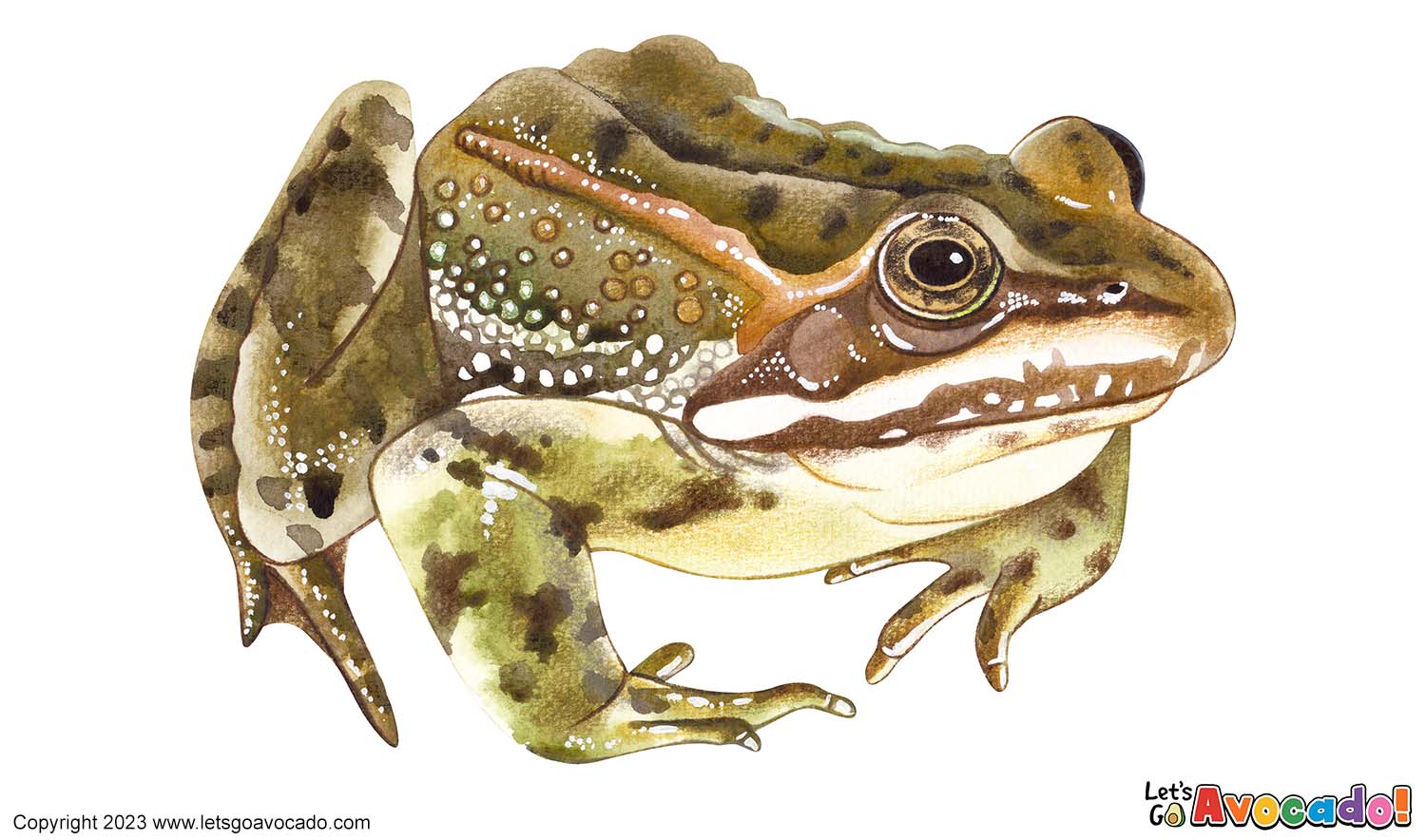

Columbia Spotted Frog
Spotted Frog, Spotted Leopard Frog, Western Spotted Frog
Rana luteiventris
This page may contain affiliate links.
Read our disclosure and privacy policy here.
The Columbia Spotted Frog, also known as the Spotted Frog or Western Spotted Frog, is an amphibian native to the western regions of North America. These medium-sized frogs are easily recognized by their light to dark brown or olive-green bodies adorned with distinct dark spots, hence their name. They inhabit a range of wetland environments, showcasing their adaptability to both aquatic and semi-aquatic habitats. Columbia Spotted Frogs undergo a remarkable metamorphosis from tiny eggs to tadpoles and eventually transform into fully formed frogs. Their melodious calls during the breeding season add to the enchantment of their surroundings. These frogs play an important role in controlling insect populations and serve as a valuable food source for other animals. ConservationThe act of protecting and preserving natural resources and the environment. Conservation efforts are important to protect beavers and their habitats. Learn More efforts are crucial to safeguard their habitats and ensure their long-term survival.
Columbia Spotted Frog
Common Name
Other Names
Latin Name
Distribution
Appearance
Size
Habitat
Behavior
Diet
Lifecycle
Vocalization
Defense Mechanisms
Ecological Importance
Conservation Status

There’s a lot to explore right where we are, in our own neighborhoods and backyards! Join us while we get off the couch and explore the everyday wonders of nature, science, space, engineering, art, and anything else we stumble upon during on our adventures.







